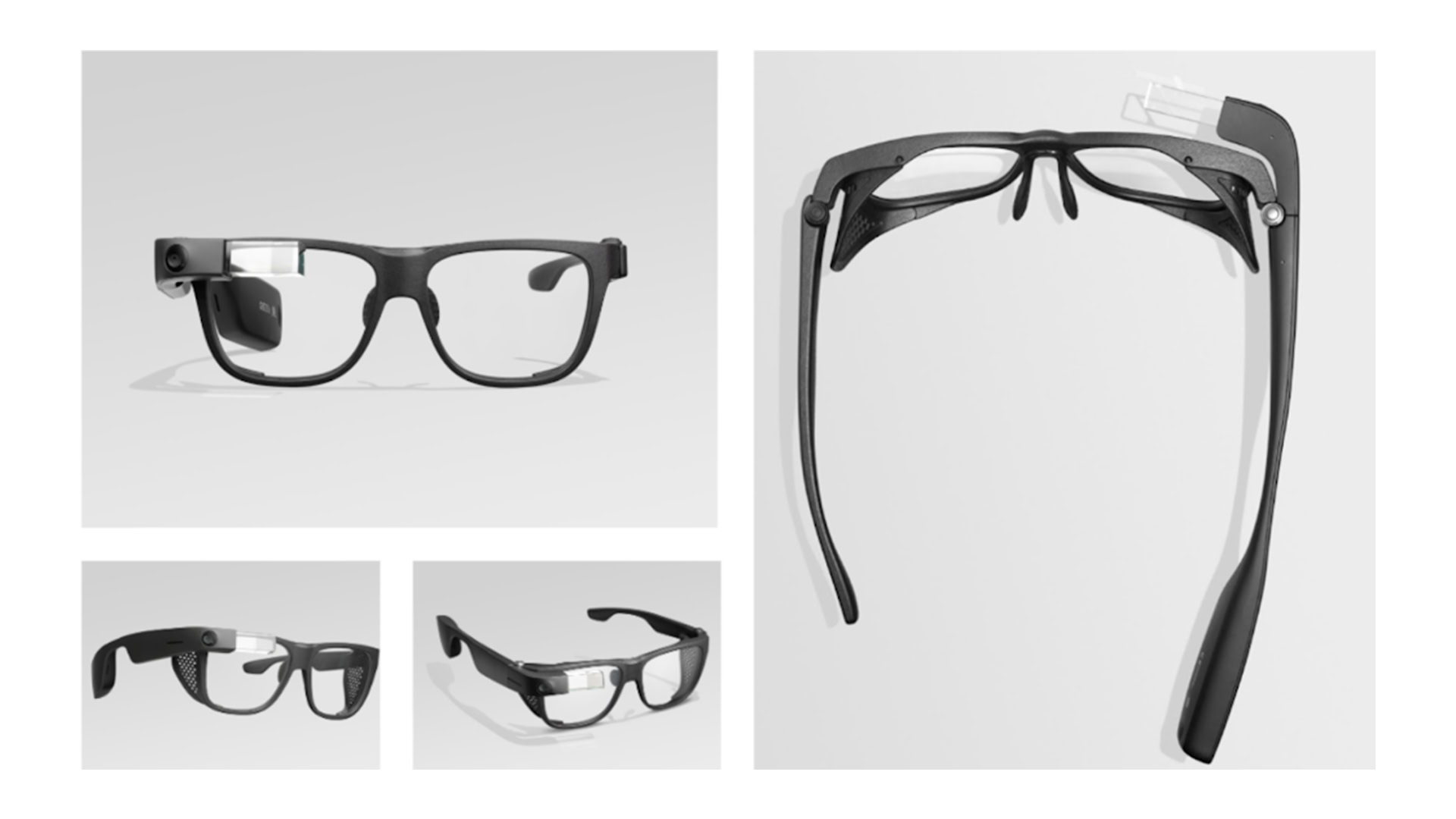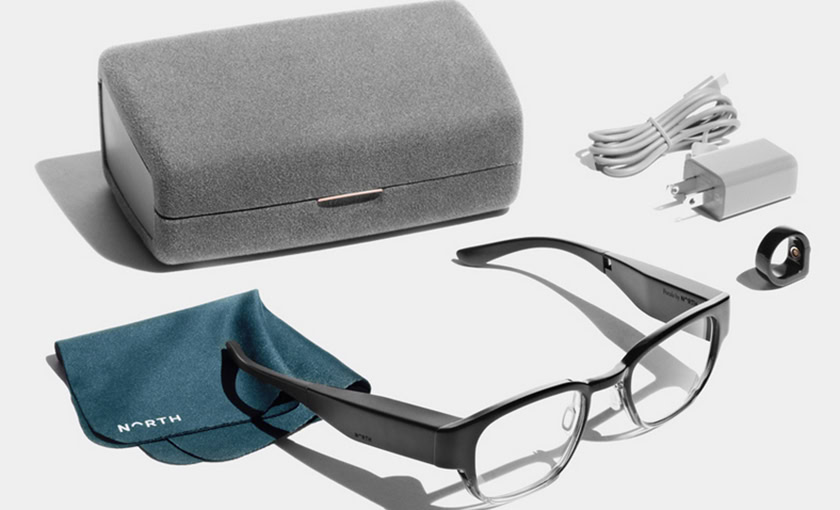Affiliate links on Android Authority may earn us a commission. Learn more.
Google Glass continues to not be dead, gets a second version for enterprise
Published onMay 20, 2019
Remember Google Glass? Guess what, it isn’t dead. The Silicon Valley company has been continuing to develop the technology quietly with a handful of enterprise partners. Now, Google is bringing Glass out of the dark once more and is introducing Glass Enterprise Edition 2 with improved hardware.
Glass’ hardware has not changed much since the Explorer days. The band that supports the wearable now includes hinges, but the computer arm remains mostly intact except for the inclusion of a USB-C port for charging and data syncing and space for a larger battery.
Additionally, Google has worked with Smith Optics to create Glass-compatible safety frames. You can see the adjustable pieces of eye protection in the photos below.

Google Glass Enterprise Edition 2 still runs on Android Oreo and retains the touch- and voice-based user interface. This plus the fact that the hardware supports Android Enterprise Mobile Device Management makes it easier for developers to create apps for the device.
| Google Glass Enterprise Edition 2 | |
|---|---|
Display | 640x360 Optical Display Module |
Processor | Qualcomm Quad Core, 1.7GHz, 10nm |
RAM | 3GB LPDDR4 |
Storage | 32GB eMMC Flash |
Battery | 820mAh with fast charge |
Cameras | 8MP, 80 DFOV |
Connectivity | 802.11ac, dual-band, single antenna, Bluetooth 5.x AoA |
Operating System | Android Oreo |
Audio | Mono Speaker, USB audio, BT audio, 3 beam-forming microphones |
Port | USB Type-C, USB 2.0 480Mbps |
Dimensions | ~46g |
Design and Sensors | Multi-touch gesture touchpad, Water and dust resistant, On head detection sensor, and Eye-on screen sensor, Privacy LED (camera), power LED (rear) |
Google has been working with companies such as AGCO, Deutsche Post DHL Group, Sutter Health, and H.B. Fuller to continue developing Glass. Each organization has found a way to integrate the hands-free wearable into its employee’s workflow. This includes reading medical notes, live streaming an event, and following step-by-step instruction to complete a task.

With the launch of the new hardware, Google is moving Glass out of Alphabet’s X division. Going forward, Glass will be a part of Google’s AR/VR department and lead by Jay Kothari. This will help the company move forward in developing the innovative product and help find new use cases.
Companies can apply now to be a part of Google’s enterprise Glass program. The wearable isn’t being sold directly to consumers, but companies that have been accepted can purchase individual units for roughly $999.
You can learn more about Glass Enterprise Edition 2 on the product’s updated website.